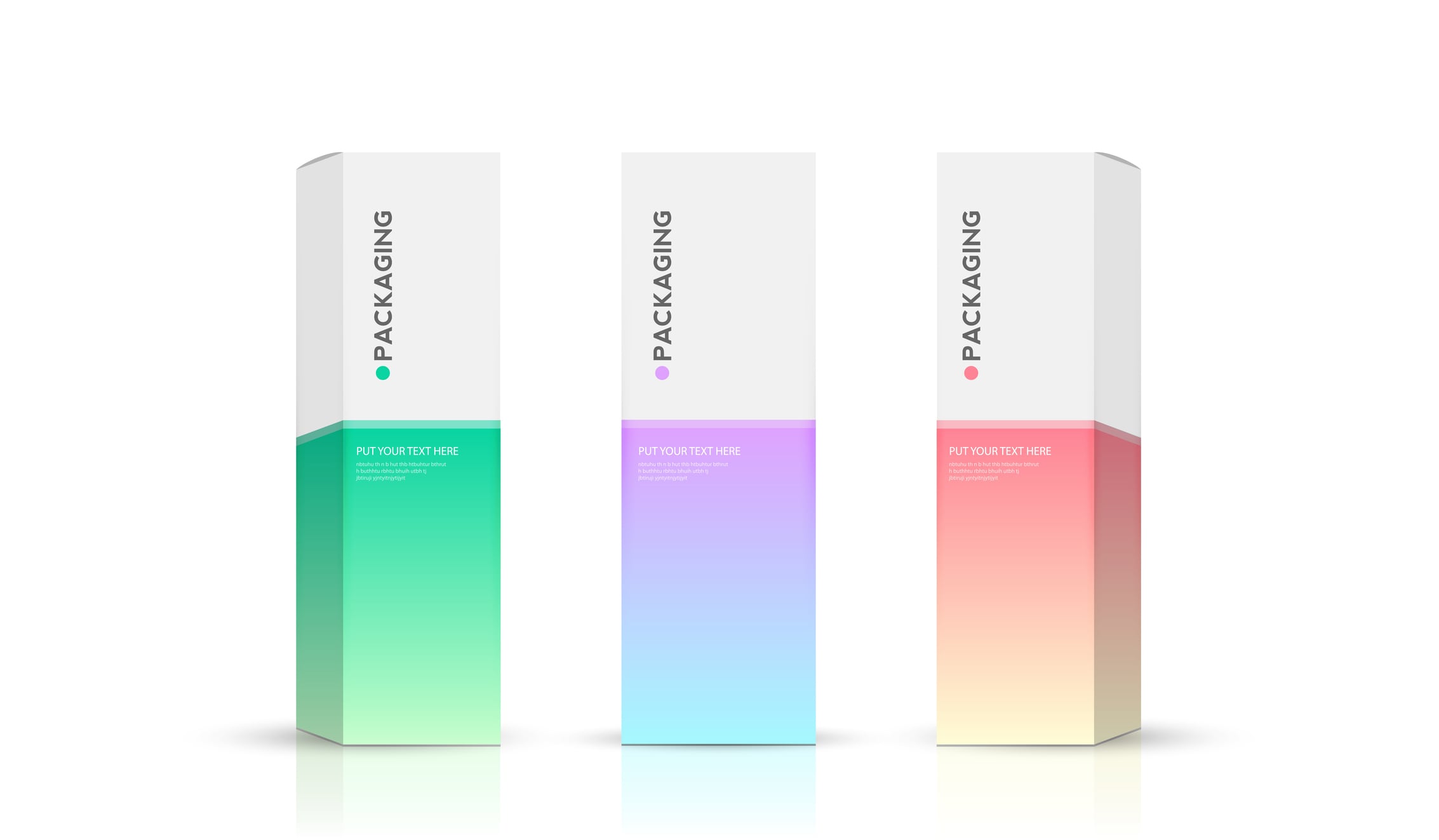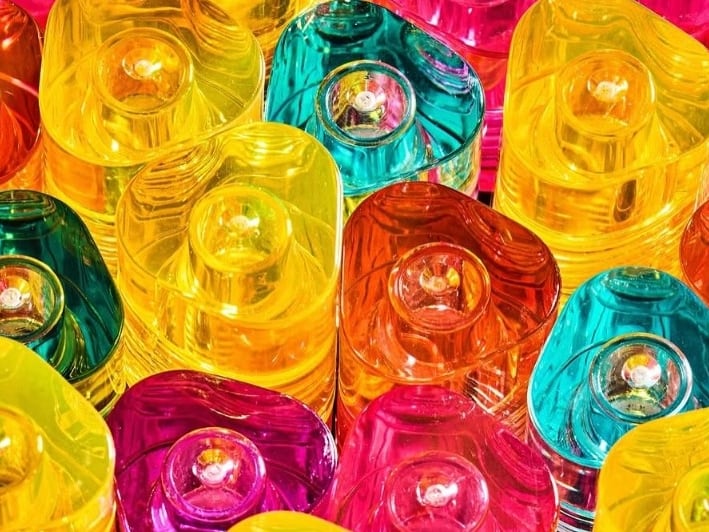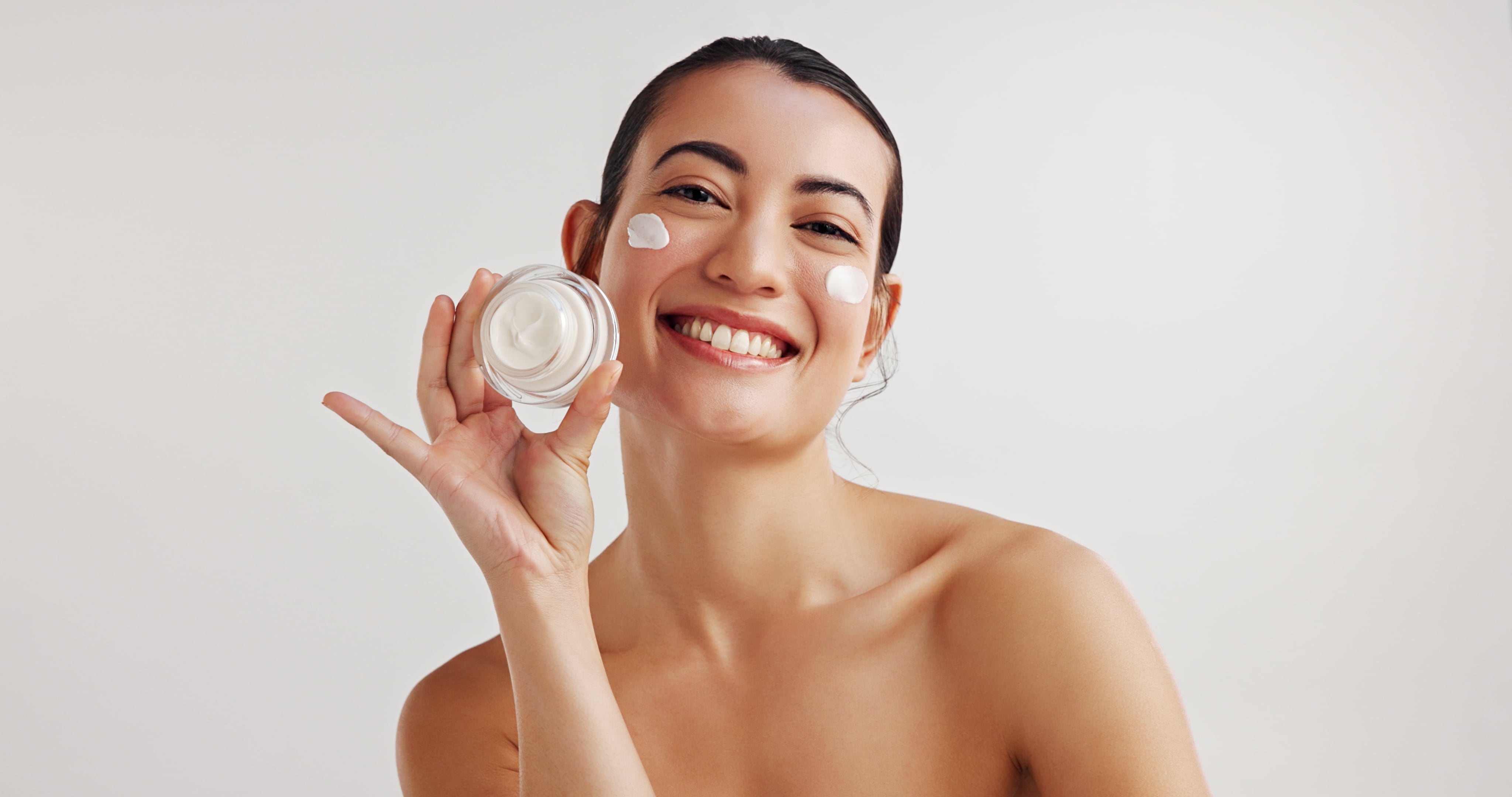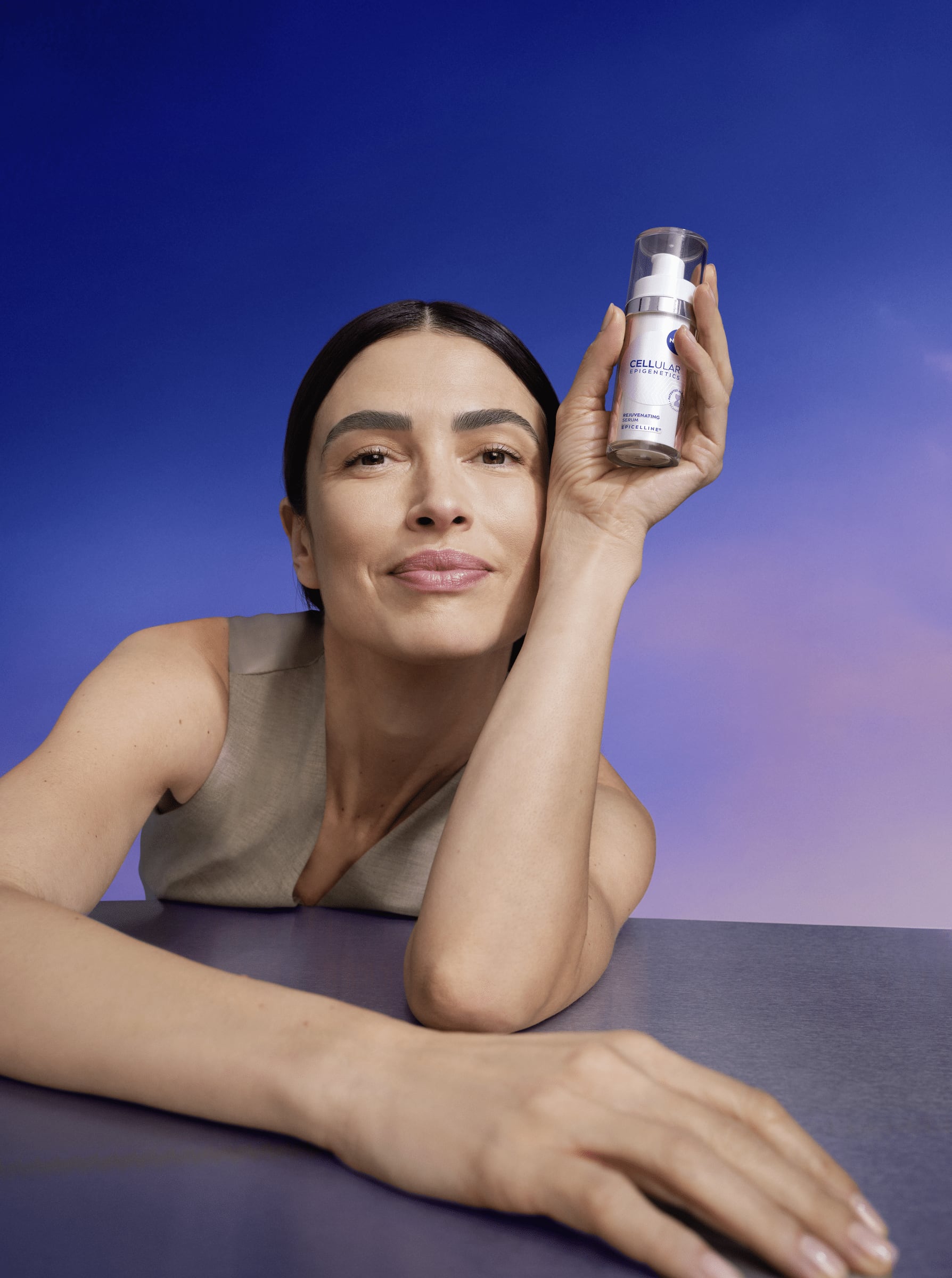The pack is a key part of the cosmetics design experience, and this sector of the industry is currently undergoing a huge transformation due to the many changes in packaging laws and sustainability regulations.
As governments across the globe introduce legislation that aims to reduce waste, cut carbon emissions and create a more circular economy, beauty and personal care brands and packaging designers and suppliers are navigating the challenge of creating products that look and feel premium while still complying with strict environmental requirements.
In this new and unchartered packaging landscape, we asked experts what’s shaping the current trends and what’s coming next.
Beauty packaging with a purpose
Annual packaging design awards, the Pentawards, has revealed its 2025 shortlist for the Body, Health & Beauty category, which can be a useful predictor of future trends in the beauty and personal care packaging space.
Many of the entrants featured sustainability as a central design principle—either by reducing the number of materials used, through ‘circular storytelling’, or by choosing regenerative packaging systems.
The organisers said the work “reflects a maturing industry-wide shift” and added that this year’s standout concepts “moved beyond circular design, building emotional resonance, technical elegance and new forms of inclusivity into every touchpoint.”
According to head of the Pentawards, Adam Ryan, packaging is no longer just about protection or shelf appeal—it’s about purpose.
“Whether it’s refillable beauty that feels like an heirloom, sensory-led design for neurodiverse users, or accessible formats that put inclusion first, the industry is shifting from aesthetics alone to packaging that truly connects, empowers and lasts,” he said.
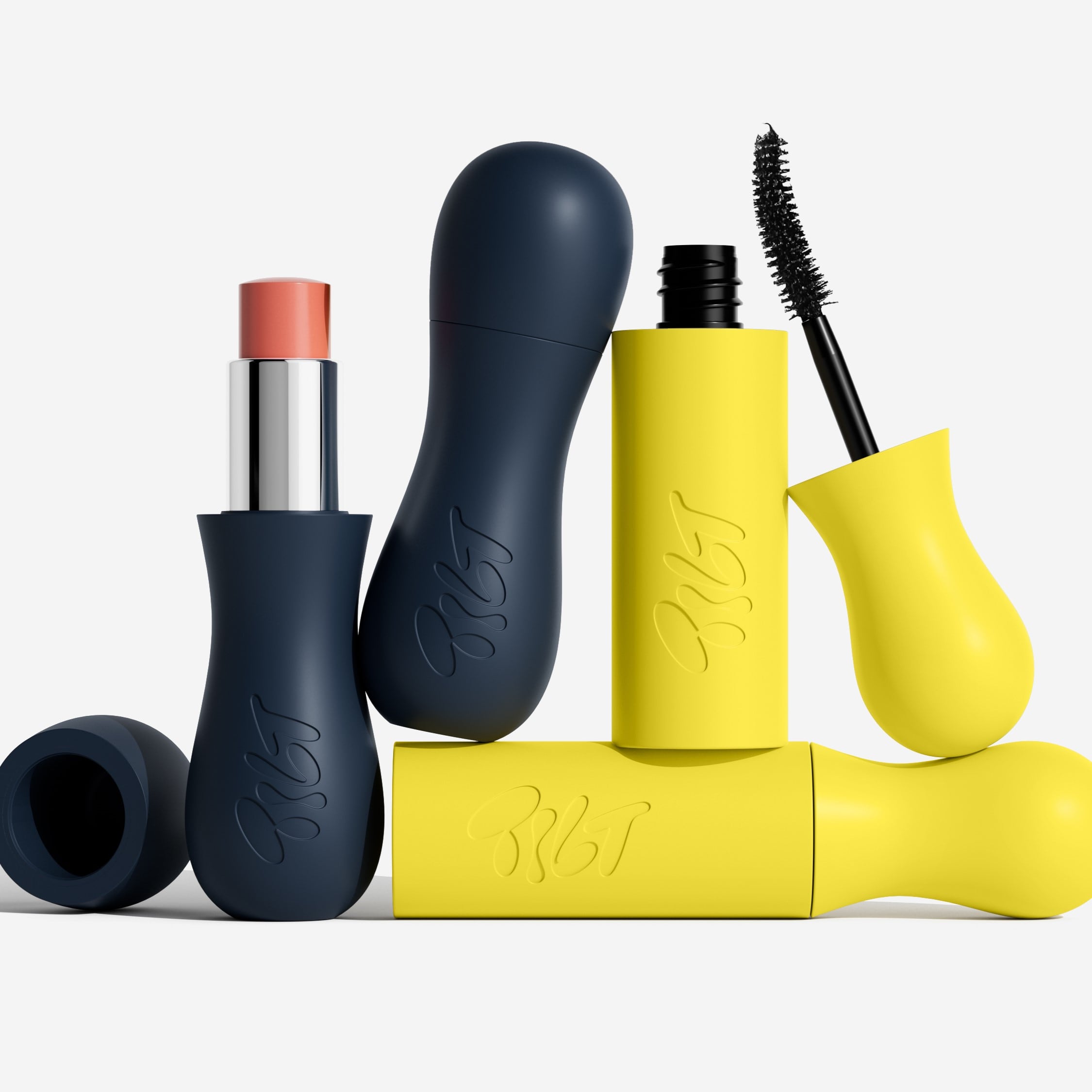
Minimalist and efficient skin care
According to Paula Cardoso, who is head of product innovation at Quadpack, skin care is moving away from complicated rituals and towards minimalist efficiency.
“This is giving rise to functional packaging that simplifies and speeds up the skincare routine, such as precise dosing, quick application and one-handed usage. Solutions are being designed with integrated features like built-in applicators, dual-chamber systems for mixing ingredients and travel-friendly formats.”
Sunification and medicalisation of skin care
According to Aptar Beauty, there is a “sunification” of skin care formulas along with increased “medicalisation”, as the boundaries between cosmetic skincare and dermatology are blurring. The company also noted a growing need for packaging that enables more precise application.
Makeup needs a TikTok wow factor
“Makeup packaging needs to be efficient as well as attractive—with a ‘wow’ factor for TikTok and online sharing,” said Mateia Crippa, category specialist for makeup at Quadpack. “Innovative applicators are simultaneously enhancing the product’s effects and producing a sensory effect on the skin. Makeup application will be defined by simplicity, precision, sensorial engagement and inclusivity, making it easy and fun for users to achieve the results they want.”
Fragrance goes mini and alcohol-free
According to a spokesperson from Aptar Beauty, packaging trends in the fragrance market include demand for more refillable products, mini formats for product discovery and testing, and increased interest in alcohol-free formulations.
Customisation with a focus on details
“Customisation is being taken to new levels of innovation and refinement using the most advanced decorative technologies, which are capable of transforming every detail into a distinctive feature,” said a spokesperson from Berlin Packaging.
“Among these, 3D inkjet printing allows you to create textures and embossed logos with sophisticated tactile effects, without colour limits. It’s a perfect solution to enhance the brand’s visual identity through the packaging itself, pushing the concept of hyper-personalisation to the extreme.”
Interactive for transparency and trust
According to Gillian Garside-Wight, director of consulting at packaging sustainability consultancy Aura, luxury packaging is becoming more interactive through the use of digital tools such as QR codes and smart labels. “These features extend the brand experience beyond the physical pack, allowing consumers to unlock stories about the product, its maker and its journey. This innovation supports transparency and builds trust, aligning with both creative aspirations and regulatory expectations around traceability,” she said.
Evolving needs for luxury consumers
Co-CEO of packaging design agency Positive Luxury, Amy Nelson-Bennett, said that luxury consumers have changed and have different expectations of product design.
“They’re more conscious, more curious and more values-driven than ever. The definition of luxury is evolving—from status to substance," she explained.
“Authenticity, sustainability and craftsmanship are now just as important as aesthetics. A beautiful box that’s over-engineered and non-recyclable is increasingly seen as tone-deaf. Luxury today means thoughtful, purposeful and responsible—and that’s a wonderful challenge for designers and brands alike.”
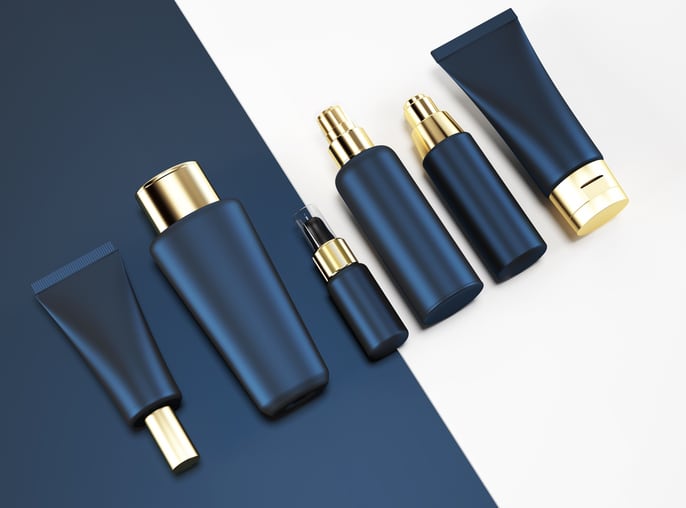
A shift towards health and pharma
According to Pierre-Antoine Henry, senior director marketing, innovation and strategic development at Quadpack, the beauty market is experiencing a fundamental shift towards health and pharma. “A science-based focus on ingredients is being embraced across all brands, from indie labels to traditional players,” he said.
“The rise of partnerships with R&D-oriented brands and labs is leading to new active ingredients, consumer benefits and concentrated formulas with improved skin absorption, often as ultra-liquid emulsions. These developments are influencing packaging development, with a growing focus on flow-control solutions and drop-by-drop delivery systems.”
More immersive and intelligent
According to Claire Hoe, design director UK at Sun Branding, packaging of the future will be more immersive, more intelligent and more intentional. “We’ll see packaging that adapts to the consumer—personalised, informative and digitally enhanced. However, it will also be quieter in its luxury, less about opulence and more about meaning and individual expression. The future is about creating packaging that tells a story, sparks emotion and connection, and leaves a lighter footprint. It’s about designing not just for the moment of unboxing, but for the lasting memory it creates.”
Functionality at the forefront
According to Berlin Packaging, in the contemporary beauty landscape, the functionality of packaging is no longer a marginal technical aspect but rather an integral part of the user experience. “Innovation involves the design of formats and applicators created to respond to increasingly precise, conscious and pleasant gestures. Tubes, bottles and dispensers are evolving into more ergonomic and intuitive shapes, improving the performance of the formulas and the everyday relationship with the product.”


